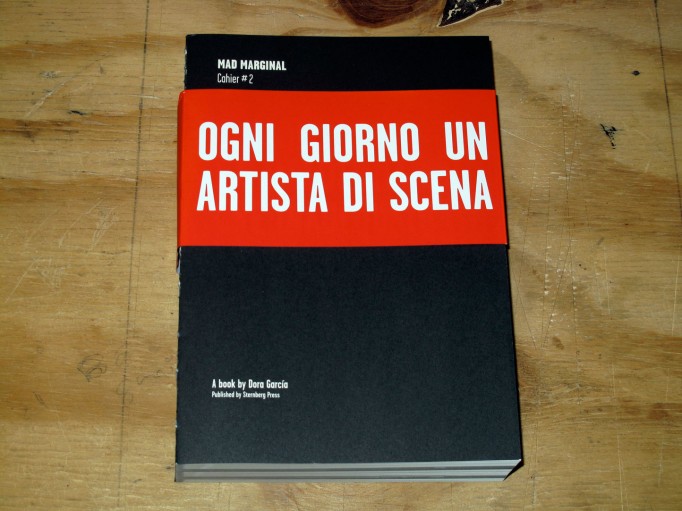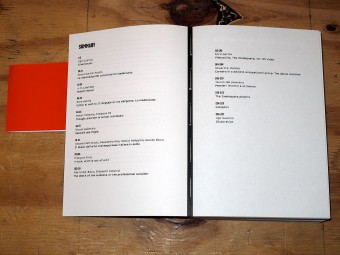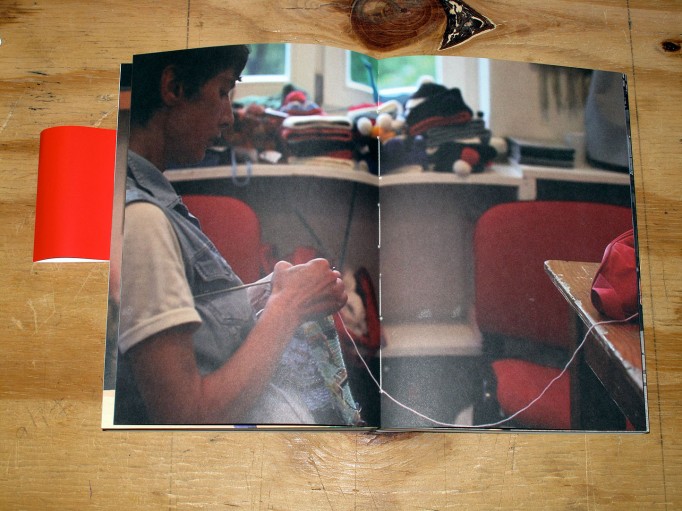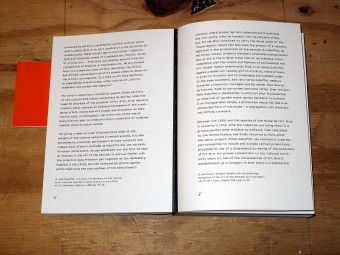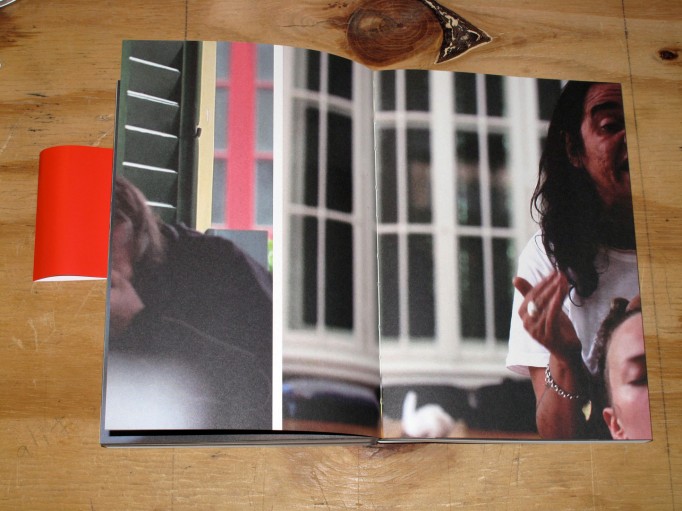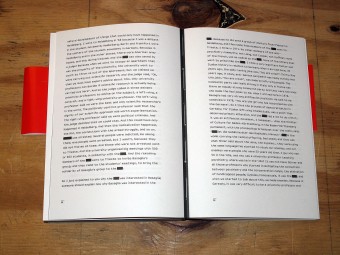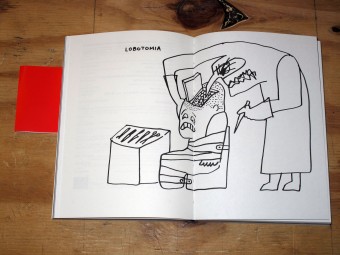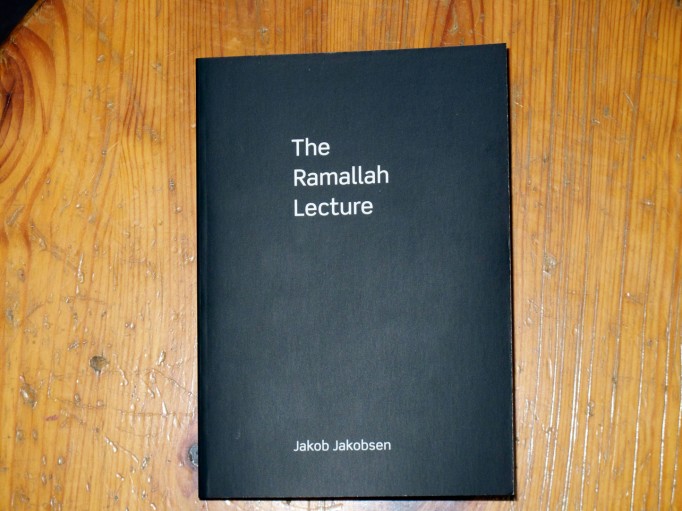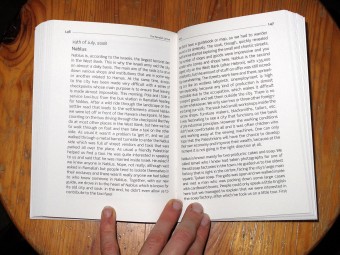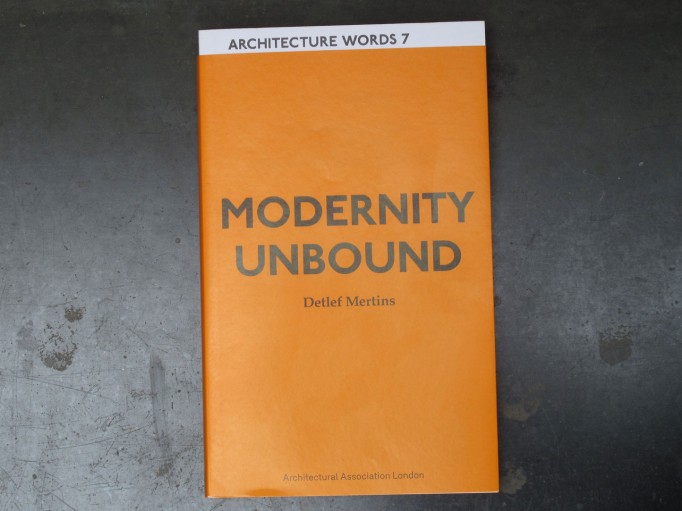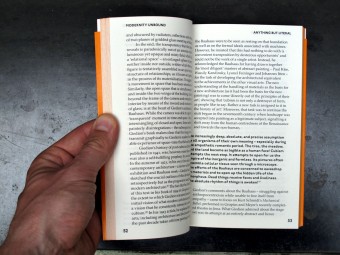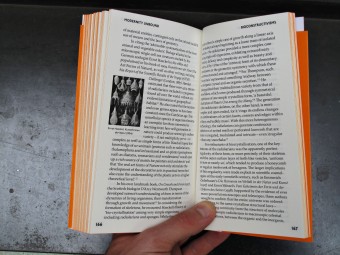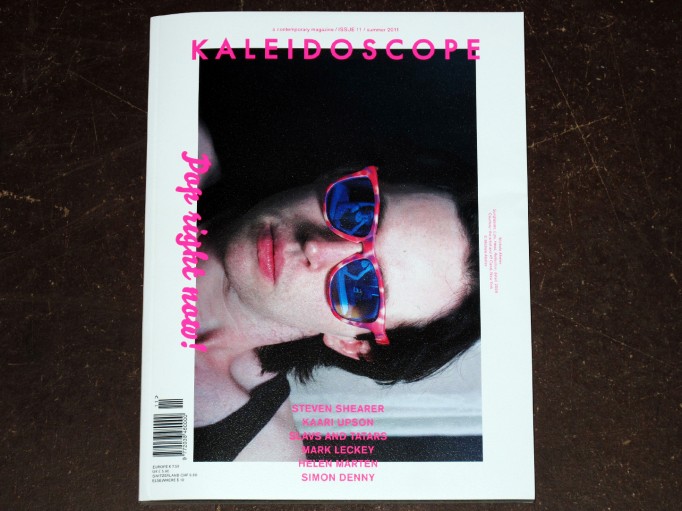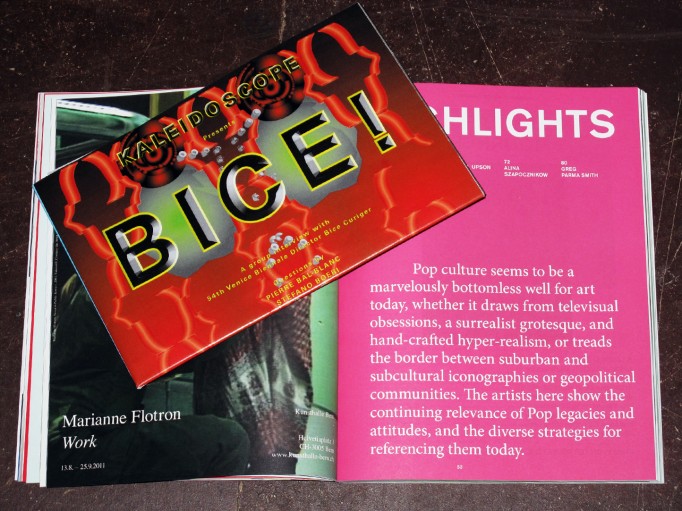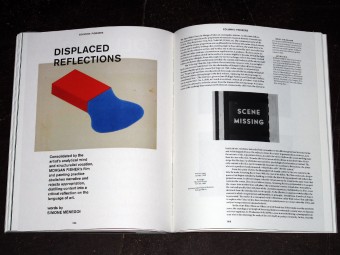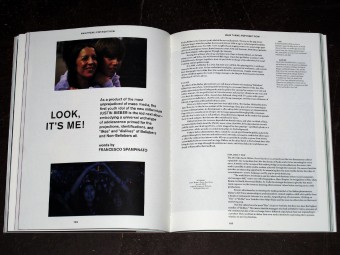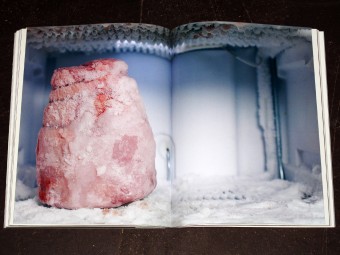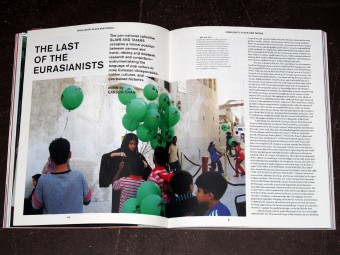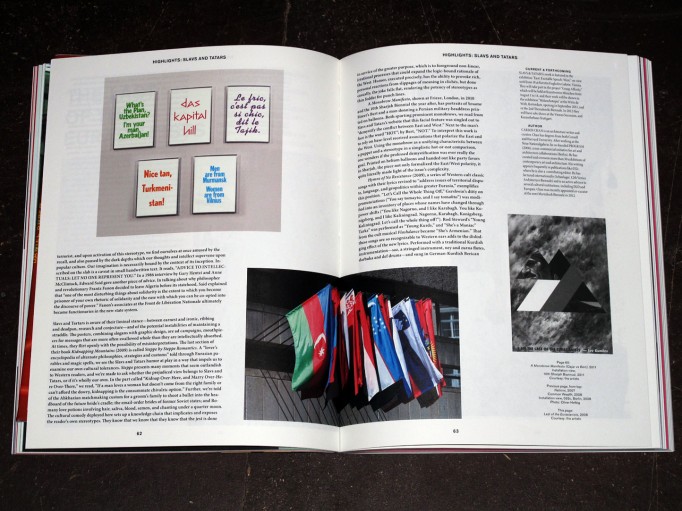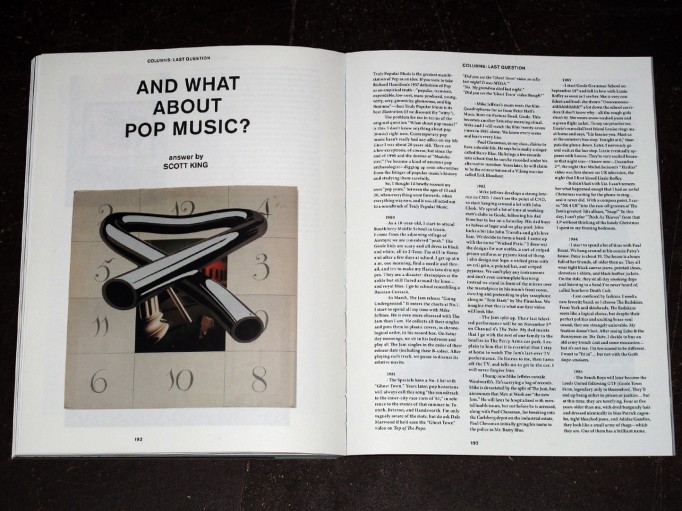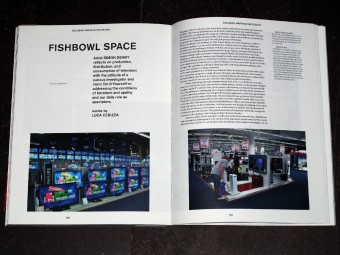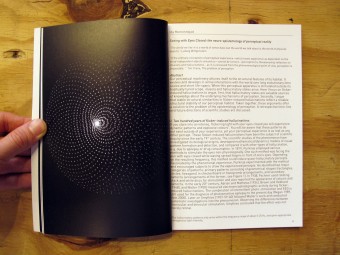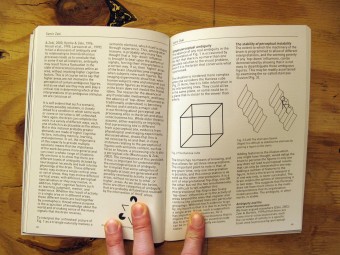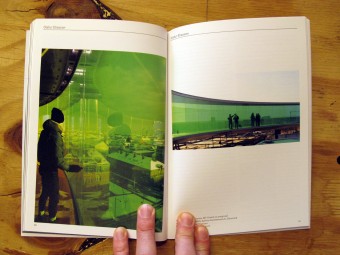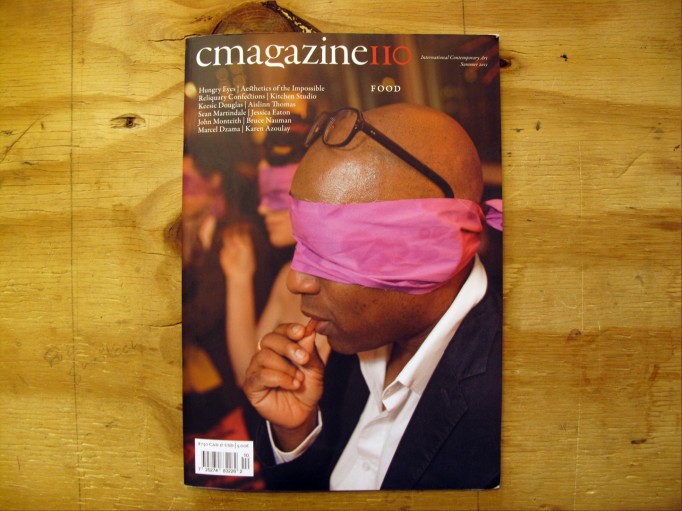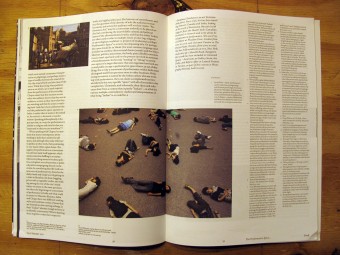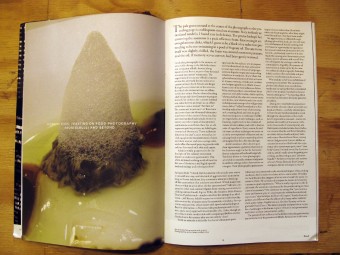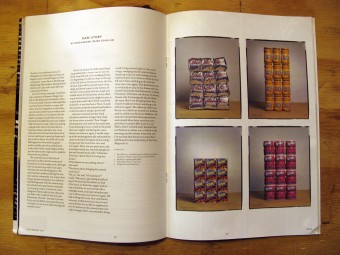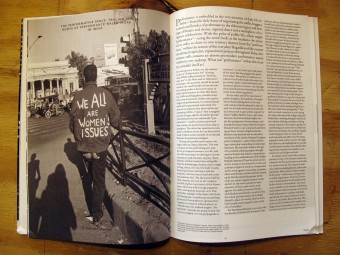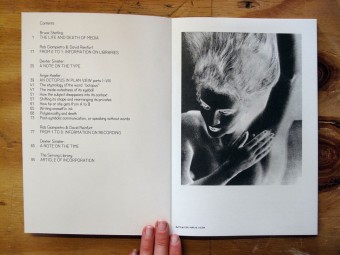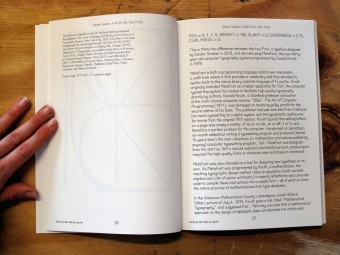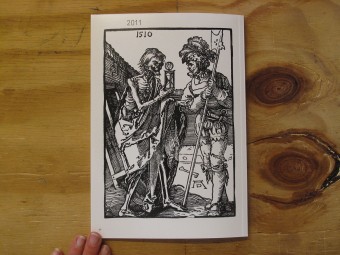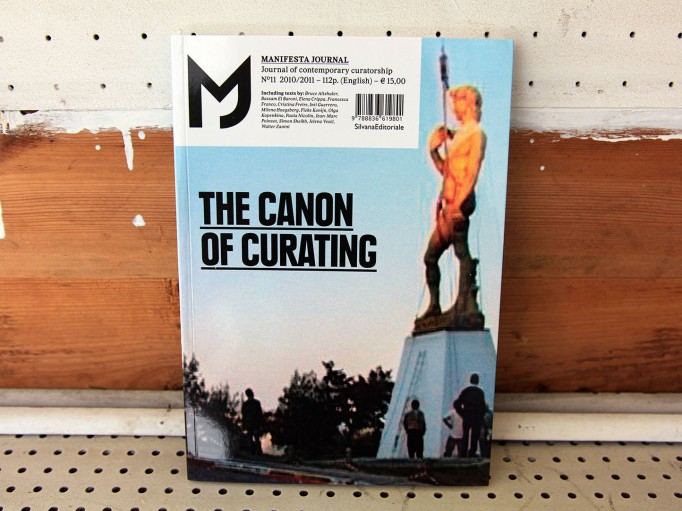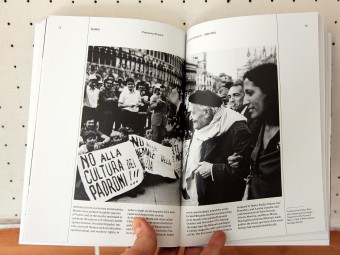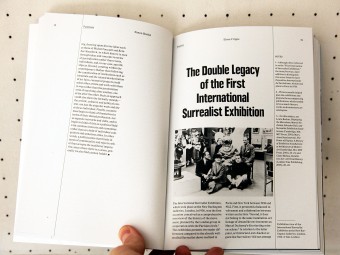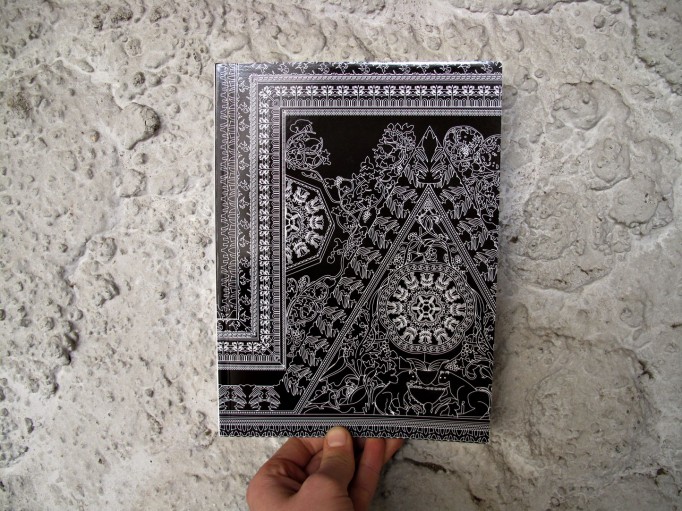
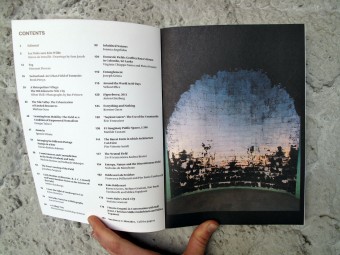
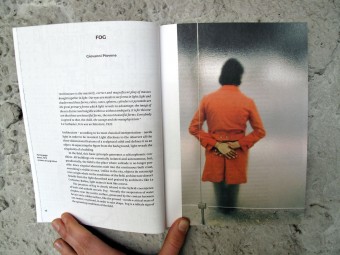

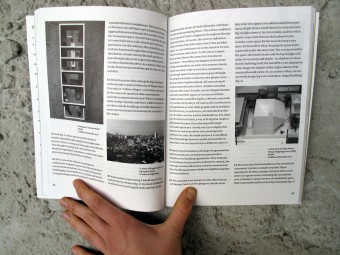

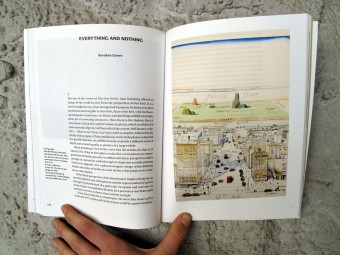
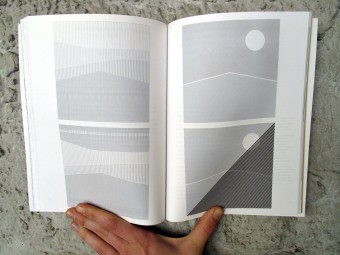
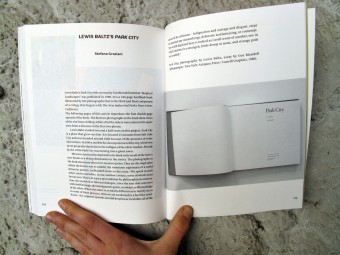
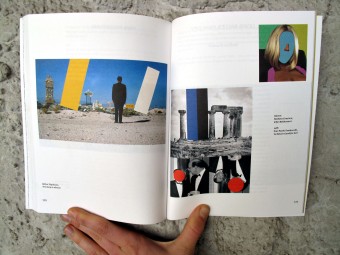
SAN ROCCO #2 / The Even Covering of the Field
San Rocco was the product of the collaboration of two young architects. San Rocco did not contribute to the later fame of its two designers. It is neither “standard Grassi” nor “standard Rossi”. Somehow it remains between the two, strangely hybrid, open and uncertain, multiple and enigmatic.
The purity and radicalism of the design does not involve any intolerance. San Rocco suggests an entirely new set of possibilities. It seems to be the beginning of a new type of architecture, or the first application of a new type of architecture, or the first application of a new – and happy – design method that has not been developed further.
San Rocco proposes the possibility of reusing architectural traditions that lie outside of private memory (contrary to Rossi’s usual approach) without erasing personal contributions (contrary to Grassi’s usual approach). In San Rocco, common does not mean dry, and personal does not mean egomaniacal. San Rocco seems to suggest the possibility of an architecture that is both open and personal, both monumental and fragile, both rational and questioning.
Editor: Matteo Ghidoni
Contributors SAN ROCCO #2: Simon de Dreuille & Sam Jacob, Giovanni Piovene, Freek Persyn, Oliver Thill & Bas Princen, Mathias Gunz, Giorgio Talocci, Ignacio Uriarte, Giovan Battista Salerno, Michele Bonino and Subhash Mukerjee, Jonathan Sergison, Andrea Zanderigo, Erica Overmeer, Luca Trevisani, Florian Beigel and Philip Christou, Ioanna Angelidou, Virginia Chiappa Nunes and Pietro Pezzani, Joseph Grima, Yellowoffice, Anton Ginzburg, Kersten Geers, Eric Troussicot, Matilde Cassani, Pier Vittorio Aureli, 2A+P/A, Andrea Branzi, Nicholas de Monchaux, Francesca Pellicciari and Pier Paolo Tamburelli, Vittorio Gregotti, Rolf Jenni, Christian Muller Inderbitzin and Milica Topalovic, Stefano Grazian
D 15€
Buy
Available for Distribution

